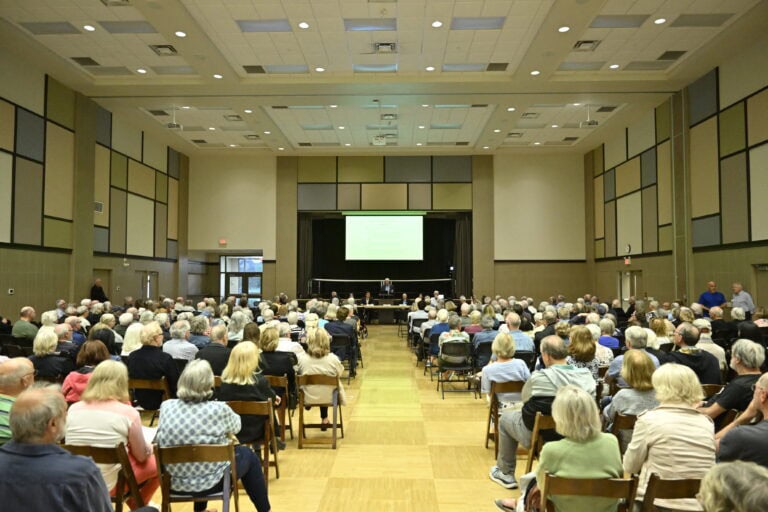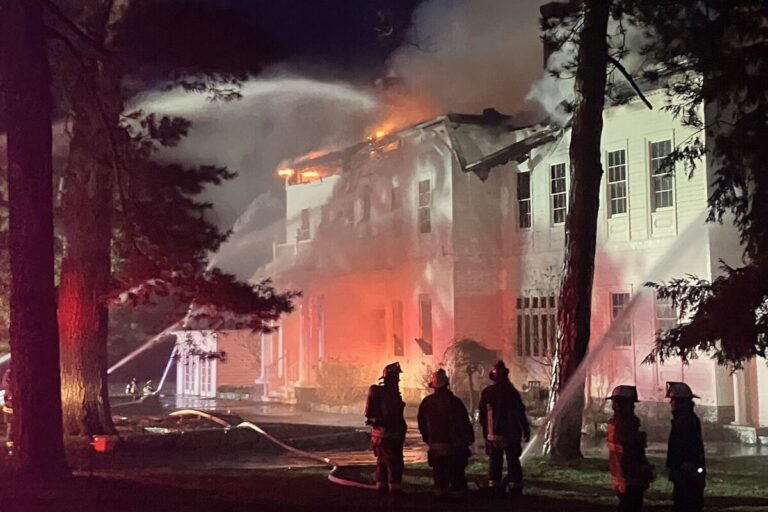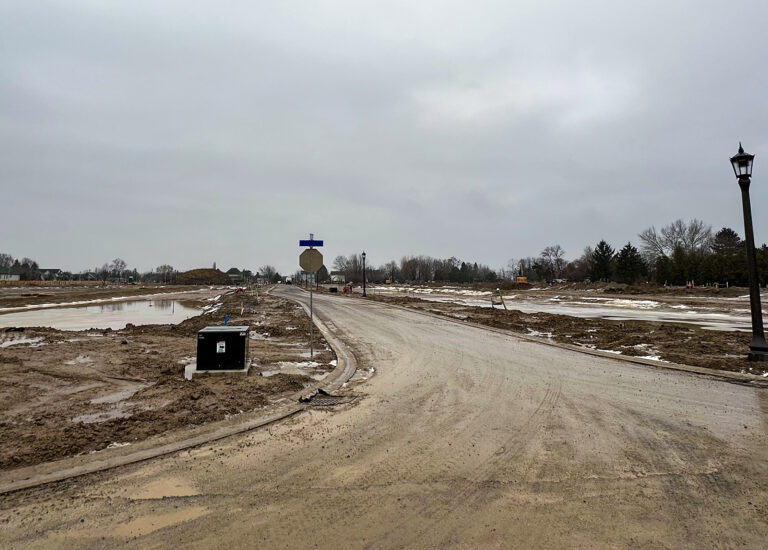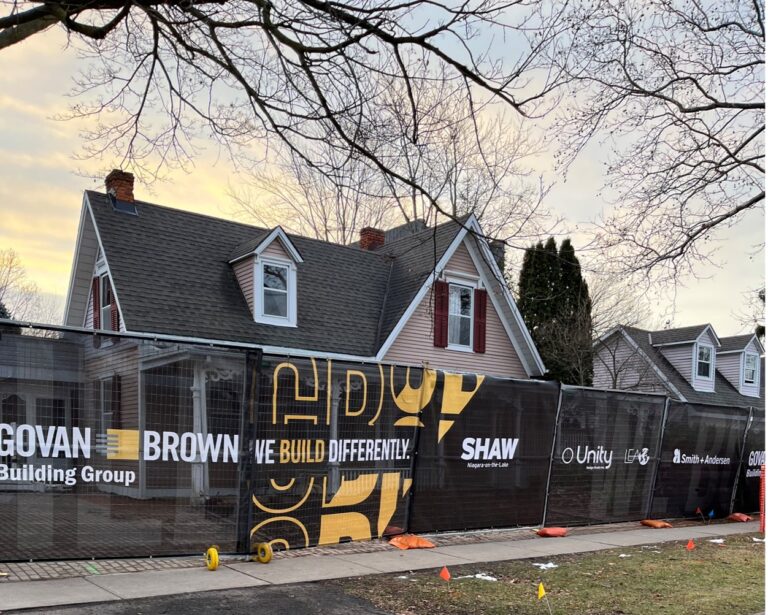This is the second instalment of a three-part series looking at some of the magnificent houses of NOTL’s historic Queen Street. Read the first part here.
175 Queen St., Andersons house and the Cottage Hospital
This house is unique in that its property straddles two of the 1791 surveyed lots, #50 and #51.
The current property was pulled together around 1819-1820 by Tenny Peabody, a watchmaker, who purchased two-thirds of an acre of lot 50 and one-sixth of an acre of lot 51, for £100 and £62.10s respectively. It is likely that Peabody built the present structure sometime in the early 1820s.
The property changed hands a number of times after Peabody’s ownership. Some notable owners were Alexander Stewart, a founding member of the Law Society of Upper Canada; John Claus, whose father was the superintendent of Indian Affairs prior to the War of 1812; Thomas McCormick, who was the head of the Bank of Upper Canada (now the Old Bank House on Front Street); Henry Paffard, who was Lord Mayor of the town of Niagara for 26 years.
In 1875, Henry Paffard sold the house to Dr. Hedley Anderson, who lived there from 1875 until 1919.
It is as a hospital that this house is most well-known. Around the time of the First World War, there was no official hospital in Niagara-on-the-Lake, except for a series of small hospitals operating out of private homes. The military operated hospitals at Fort George beginning in 1797 and there was certainly a hospital associated with Camp Niagara during First World War. However, these were for military personnel only. Many town residents had to travel to St. Catharines for surgeries.
In 1920, after a considerable fundraising drive, the house became the site for the new Niagara Cottage Hospital. It had six small wards when it opened. A baby was delivered on its opening night, perceived by many as a good omen. The building served in this capacity until the hospital on Wellington Street was opened in 1951.
184 Queen St.
This is a good example of a wealthy American style cottage, built at the turn of the 20th century. Leftover materials from the construction of the house were used in the construction of the Clock Tower in 1919-20.
187 Queen St., Roslyn Cottage or Crysler-Rigg or Crysler-Burroughs House
It is unclear if there ever was a house built here prior to the War of 1812 – an 1810 plan of the town shows a small structure facing Simcoe Street just to the back of the current house but no designation was given as to what it might have been used for. It would have certainly been destroyed in the fires of 1813.
The purchaser of the lot in 1821 for around 100 pounds was Ralph Crysler who built the house in 1822.
He sold the house in 1839 to Charles Latham Hall for the sum of £900.
Hall improved the house during his period of ownership by adding the Greek revival finishes, notably the pilasters with Ionic caps and the side porch. The house’s woodwork was done by carpenter John Davidson, who is notable as the builder of St. Andrew’s Presbyterian Church’s ornate pulpit.
In 1895, George Birge purchased the home and did major renovations. The 19th-century conservatory was removed but the 1839 balcony was saved. Several small rooms inside the house were enlarged; a central hallway was added as well as indoor plumbing.
The next owner was Mr. Page Baker, the publisher of the New Orleans Times. He sold it to Cleveland railway magnate Donald McBain, who restored all the out buildings, painting them white with green shutters.
209 Queen St., Richardson-Kiely House or Charles Inn or Heritage Inn
The original building on this site was constructed for Charles Richardson in the 1830s. The frame of the house was constructed with hand-hewn white oak beams.
Charles Richardson was a lawyer and political figure in Upper Canada and served in the Legislative Assembly of Upper Canada from 1834 to 1841 as the representative from the Niagara Region.
The house was later occupied by Mr. and Mrs. Charles Hall. Mr. Hall was a lawyer who came from the Windsor, Ont., area to practise law in Niagara Region.
By 1894, Garrie Birge had bought the property. The original building was enlarged in the latter part of the 19th century to encompass the galleries. The main additions to the original house (guest and servants quarters) were added in the early 1900s. The building was designated as a heritage site in 1986.
This property has had a number of names over the years – the Richardson/Kiely House, Green Acres, the Richardson/Drope House, Nenagh Hall and, finally, today it is known as the Charles Inn.
____________________________________
To learn more about the topic of this story you can visit the Niagara Historical Society & Museum website at, www.niagarahistorical.museum, or visit the museum for yourself.
The Niagara Historical Museum is located at 43 Castlereagh St. in Old Town, in Memorial Hall. Visit, or give them a call at 905-468-3912.










